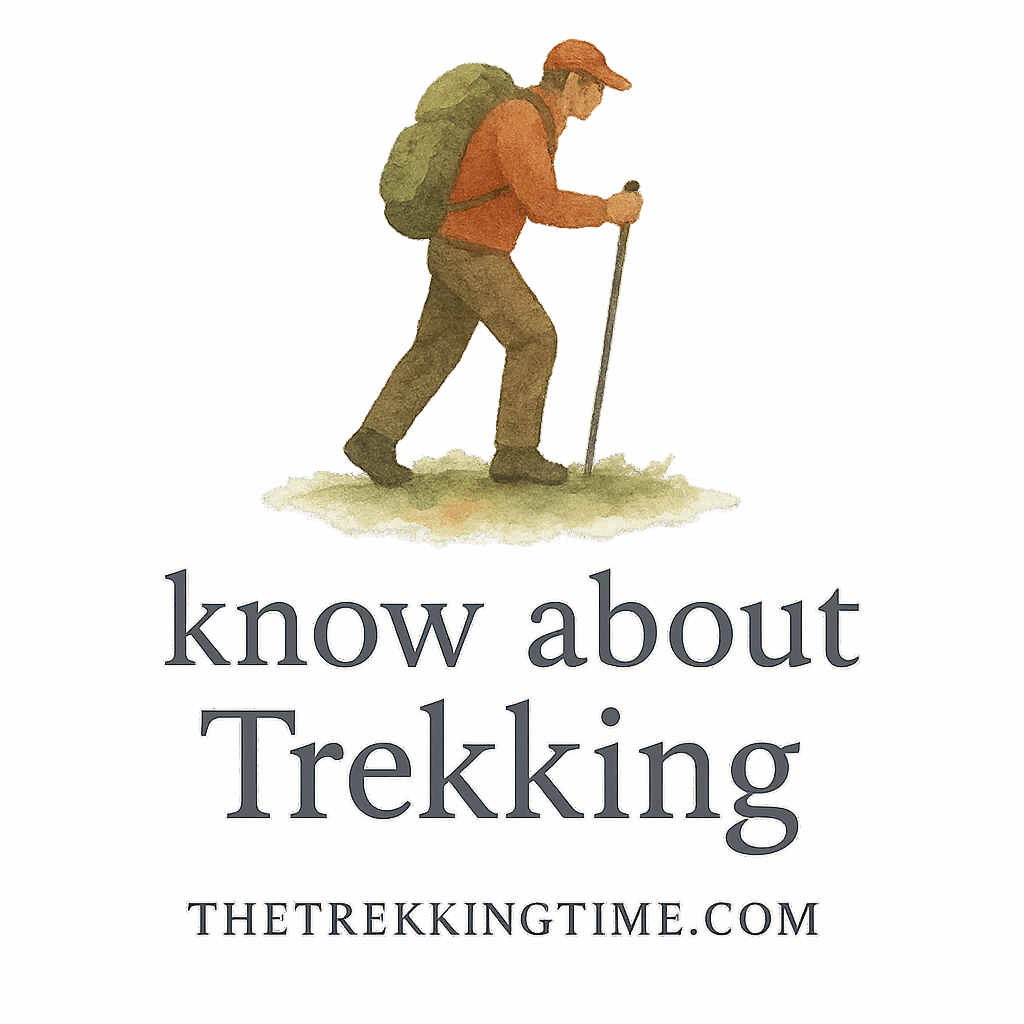Introduction
So, you’re planning your next adventure on the trails? Awesome! But before you lace up your boots and hit the hills, you need a game plan—not just for the route, but for your body. Trekking isn’t just walking in nature—it’s an endurance sport that demands stamina, strength, and strategy. Whether you’re a total beginner or chasing summits in the Himalayas, this guide gives you tailored training plans to match every trekking difficulty level.
Let’s break it down and get your body trek-ready!
Why Training Matters for Trekking
Trekking challenges both your body and your mind. You’ll climb steep trails, cross rocky terrains, and sometimes face unpredictable weather. Training boosts your performance, prevents injuries, and helps you enjoy the journey instead of gasping for air at every turn. It also improves your confidence and decision-making skills in the outdoors.
Check out our guide to trekking fitness prep for a foundational overview.
Understanding Trekking Difficulty Levels
Beginner Treks
Think nature walks with occasional slopes—perfect for first-timers. Trails are short (under 10km) with minimal elevation.
Moderate Treks
These involve more elevation (up to 3,000m), longer distances, and uneven terrain. Great for those with some experience.
Difficult Treks
Challenging high-altitude routes, harsh weather, multi-day climbs—these are for seasoned trekkers only. Trekking the Himalayas is a perfect example.
Explore more trekking routes to understand where your skill level fits in.
Training Plan 1: Beginners Getting Started
Weekly Routine Overview
Frequency: 3-4 days/week
Duration: 4–6 weeks
Focus Areas
Cardiovascular Conditioning
Start with brisk walking, then progress to light jogging. Use a treadmill incline or walk uphill trails to simulate natural conditions.
Strength Building
Bodyweight exercises like squats, lunges, push-ups, and planks build the muscle groups you’ll need.
Basic Flexibility
Simple yoga routines or stretches improve flexibility and reduce soreness.
Want to know what to pack? Check out our trekking gear & packing checklist.
Training Plan 2: Intermediate Fitness Hikers
Weekly Routine Overview
Frequency: 4-5 days/week
Duration: 6–8 weeks
Focus Areas
Terrain-Based Cardio
Hike on real trails or use a stair climber. Add elevation for difficulty.
Core Strength
Focus on planks, bridges, and stability exercises to protect your back and improve balance.
Endurance Hiking Sessions
Do one long hike per week, gradually increasing distance and pack weight.
Training Plan 3: Advanced Trekkers for High-Altitude Routes
Weekly Routine Overview
Frequency: 5–6 days/week
Duration: 8–10 weeks
Focus Areas
Simulated Altitude Training
Train with a weighted pack, mask simulators, or at higher elevations if possible.
Long-Distance Load-Bearing Treks
Train by carrying 10–15kg packs on multi-hour treks to mimic expedition days.
Mental Toughness Drills
Use cold exposure, breath control, and timed challenges to build resilience.
Explore difficult treks and how to prepare for them properly.

Training Plan 4: Recovery & Wellness for All Levels
Importance of Rest Days
Rest isn’t laziness—it’s part of progress. Schedule 1–2 rest days weekly.
Mobility and Injury Prevention
Foam rolling, dynamic stretches, and warm-up routines keep your joints happy.
Nutrition Essentials
Fuel your body with high-protein meals, healthy fats, and electrolytes. For long treks, learn how to eat for outdoor performance.
Curious how fitness habits improve your life? Dive into trekking wellness benefits.
Training Plan 5: Cross-Training for Peak Trekking Performance
Functional Fitness Strategy
Incorporate exercises like kettlebell swings, sandbag carries, and TRX rows.
HIIT vs. Steady-State Cardio
Alternate between High-Intensity Interval Training and long, slow cardio for full-body endurance.
Incorporating Adventure Sports
Try climbing, mountain biking, or swimming for functional variety and fun.
Read about fitness plans tailored to outdoor adventurers.
Final Prep Before the Trek
Tapering Training
Reduce intensity 5–7 days before your trek to allow muscle recovery.
Packing the Right Gear
The right equipment can make or break your trip. Double-check our gear and packing guide.
Safety & Mindset Readiness
Review key trekking safety tips and learn about mental health preparedness for the trail.
Conclusion
Whether you’re a newbie or a seasoned summit seeker, training is the bridge between ambition and achievement. Each plan here is crafted to help you thrive on the trails—not just survive. Your trek doesn’t start on the mountain; it starts the moment you commit to training.
So, choose your plan, stay consistent, and remember—the mountains will always be there, but your readiness to climb them starts today.
Ready to take your first step? Explore more on The Trekking Time, your go-to hub for outdoor insights.
FAQs
1. How long should I train before a trek?
It depends on the difficulty. Beginners should start 4–6 weeks out; advanced treks need 8–10 weeks.
2. Can I train indoors for trekking?
Yes! Treadmills, stair climbers, and resistance bands can mimic outdoor terrain.
3. What gear should I use for training?
Start with hiking boots, a weighted backpack, and trekking poles if possible. Learn more here.
4. Do I need to hire a personal trainer for trekking?
Not necessary. Following a structured plan like those above can work great if you’re disciplined.
5. How do I train for altitude if I live at sea level?
Use elevation masks, increase intensity, and simulate load-bearing hikes. Learn from our altitude guide.
6. What’s the most overlooked part of trekking prep?
Rest and recovery! Many overlook how crucial sleep, stretching, and nutrition are.
7. Is trekking good for mental health?
Absolutely. Nature therapy, fresh air, and physical exertion work wonders. Check out the mental health benefits.


